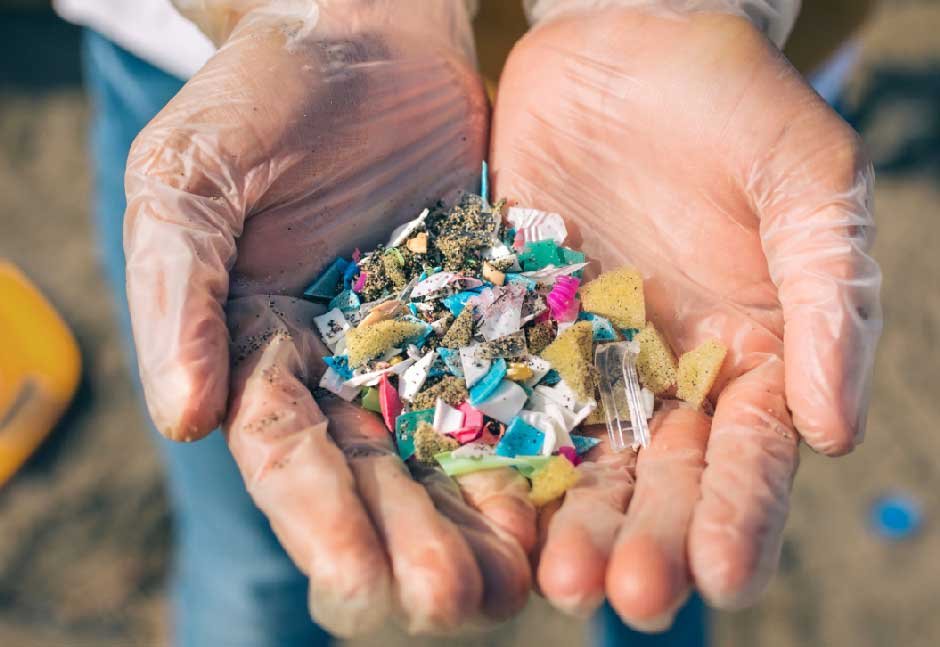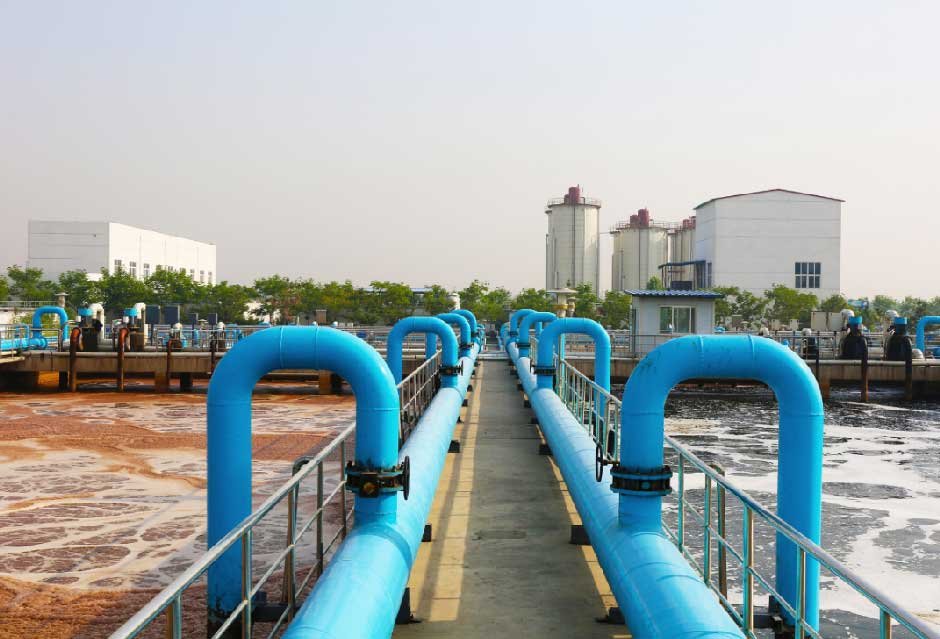In the United States, turning on the faucet for a refreshing glass of water is something most Americans do without a second thought. It’s a daily ritual that sustains us, hydrates our families, and even features in our cooking routines.
But beneath that clear stream lies a potential concern: hidden contaminants in tap water that could be silently impacting health over time. These invisible threats—ranging from industrial chemicals to heavy metals—slip past basic regulations, accumulating in our bodies and raising risks for serious conditions down the line.
Whether you’re in bustling New York City or a quiet suburb in Texas, understanding these issues is key to protecting what matters most: your well-being.
Common Hidden Contaminants Lurking in American Tap Water
Let’s break down some of the most prevalent culprits in U.S. tap water. We’ll focus on those backed by extensive EPA and USGS data, highlighting why they’re “hidden” and where they’re most likely to appear.
PFAS: The “Forever Chemicals”
Per- and polyfluoroalkyl substances (PFAS), dubbed “forever chemicals” for their persistence, are synthetic compounds used in everything from non-stick cookware to firefighting foams.

A 2023 USGS study found PFAS in at least 45% of the nation’s tap water, affecting over 143 million people. They’re hidden because they dissolve easily and don’t alter water’s appearance or flavor.
In high-impact areas like North Carolina’s Cape Fear River Basin or communities near military bases, levels often exceed EPA health advisories. Even in seemingly pristine supplies, trace amounts add up through widespread environmental release.
Lead: The Silent Pipe Leacher
Lead enters tap water primarily from corroding pipes and fixtures in older homes—built before the 1986 lead ban. The EPA’s action level is 15 parts per billion (ppb), but no level is truly safe, especially for children. A Consumer Reports investigation across the U.S. detected lead in unfiltered samples from cities like Chicago and Philadelphia, often at 5-10 ppb after water sits overnight.
This heavy metal is insidious because it binds to plumbing without changing the water’s look, seeping out in higher concentrations during first-draw uses like morning coffee.
Chlorine and Disinfection Byproducts (DBPs)
Chlorine is added to kill bacteria, but it reacts with organic matter to form DBPs like trihalomethanes (THMs) and haloacetic acids (HAAs). The EPA regulates total THMs at 80 ppb, yet EWG data shows widespread exceedances in chlorinated systems serving millions.

These byproducts are hidden in the sense that chlorine’s faint pool-like smell masks their presence, but they form during treatment and distribution, accumulating in your glass.
Other Noteworthy Threats: Arsenic, Nitrates, and More
Arsenic, a natural groundwater pollutant, spikes in Western states like California and Nevada, linked to mining runoff. Nitrates from Midwest farms threaten “blue baby syndrome” in infants and colorectal cancer risks long-term. Emerging concerns include microplastics and pharmaceuticals, detected in trace amounts nationwide but unregulated by the EPA.
These contaminants vary by region—coastal areas face more PFAS from industrial sites, while agricultural heartlands battle nitrates—but no American zip code is immune.
Long-Term Health Effects of Tap Water Contaminants
The real danger of hidden contaminants in tap water lies not in immediate illness but in chronic, cumulative harm. Years of low-level exposure can disrupt bodily systems, increasing vulnerability to diseases that develop quietly. Let’s unpack the science, keeping it digestible.
PFAS and Systemic Disruption
PFAS bioaccumulate, meaning they build up in blood and organs without breaking down. The EPA links long-term exposure to kidney and testicular cancers, thyroid disease, high cholesterol, and weakened immune responses—reducing vaccine effectiveness by up to 20% in some studies. Pregnant women face higher risks of preeclampsia and low birth weights, setting infants on a path toward developmental delays.

A landmark ATSDR report notes that even at 1-4 parts per trillion (ppt)—levels common in U.S. tap water—PFAS can elevate cholesterol by 20% over decades. For families, this translates to a gradual erosion of metabolic health, potentially shortening lifespans.
Lead’s Neurological Toll
Lead mimics calcium in the body, crossing the blood-brain barrier and settling in bones. Chronic exposure impairs cognitive development in kids, lowering IQ by 2-5 points per 10 ppb increase, per CDC data. In adults, it raises blood pressure, kidney disease risk, and cardiovascular events—contributing to 250,000 premature deaths annually in the U.S., according to a 2021 study.
The effects compound over time: a child exposed today might face learning challenges in school, while their parent deals with hypertension in middle age.
Chlorine Byproducts and Cancer Risks
DBPs from chlorine are probable carcinogens, per the International Agency for Research on Cancer. Long-term ingestion correlates with a 15-20% higher bladder and colorectal cancer risk, based on meta-analyses of U.S. cohorts. They also irritate the gastrointestinal tract, potentially exacerbating inflammatory bowel diseases over years.
Arsenic adds skin lesions and lung cancer risks, while nitrates fuel thyroid disorders and methemoglobinemia in vulnerable groups.
These aren’t isolated threats; mixtures amplify dangers. Dr. Doyle’s Texas lab recently tested samples from 50 U.S. households, revealing synergistic effects where PFAS and lead together spiked oxidative stress markers by 30% more than individually.
Recommending Effective Filtration Solutions
For lasting protection against hidden contaminants in tap water, filtration is essential. Water filtration system like those certified by NSF/ANSI 53 reduce lead and chlorine affordably, but for comprehensive defense, consider under-sink or countertop systems.
Waterdrop water filters stand out for American households seeking reliable, user-friendly options. Their reverse osmosis models, like the Waterdrop G3P800, remove up to 99% of PFAS, lead, and DBPs—backed by independent lab tests.
Compact and easy to install without plumbing tweaks, they fit seamlessly into busy kitchens, delivering crisp, contaminant-free water on demand. Paired with remineralization stages, they ensure balanced taste without stripping beneficial minerals.
In Dr. Jonathan Doyle’s view, “Investing in advanced filtration, such as reverse osmosis systems, isn’t just about purity—it’s about reclaiming control over your family’s health in an era of persistent water pollutants.”
Maintenance is straightforward: replace filters every 6-12 months, and you’re set. These aren’t gimmicks; they’re practical shields against long-term risks.
Wrapping Up: Clear Water, Clear Future
Hidden contaminants in tap water represent a subtle but serious challenge to American health, with long-term effects that demand attention. From PFAS’s endocrine disruptions to lead’s cognitive shadows, the stakes are high, yet solutions are within reach. By testing, filtering, and staying informed, you can turn uncertainty into confidence.
Prioritize your water like you do your air or food; it’s the foundation of vitality. Explore safe options like Waterdrop today, and take that first step toward safer sips. Your body and your future self will thank you.
